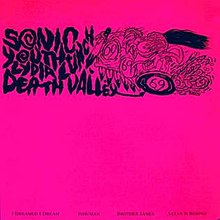
Sonic Youth was an American rock band based in New York City and formed in 1981. Founding members Kim Gordon, Thurston Moore and Lee Ranaldo remained together for the entire history of the band, while Steve Shelley (drums) followed a series of short-term drummers in 1985, rounding out the core line-up. Jim O'Rourke was also a member of the band from 1999 to 2005, and Mark Ibold was a member from 2006 to 2011.
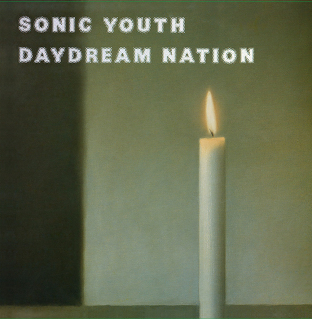
Daydream Nation is the fifth studio album by American alternative rock band Sonic Youth, released on October 18, 1988. The band recorded the album between July and August 1988 at Greene St. Recording in New York City, and it was released by Enigma Records as a double album.

A Thousand Leaves is the tenth studio album by American rock band Sonic Youth, released on CD and cassette on May 12, 1998, by DGC Records. A double-LP vinyl issue had been released three weeks earlier on My So Called Records. It was the band's first album recorded at their own studio in Lower Manhattan, which was built with the money they had made at the 1995 Lollapalooza festival. Since the band had an unlimited amount of time to work in their studio, the album features numerous lengthy and improvisational tracks that were developed unevenly. The highly experimental extended plays Anagrama, Slaapkamers met slagroom, and Invito al ĉielo were recorded simultaneously with the album.

Lydia Lunch is an American singer, poet, writer, actress and self-empowerment speaker. Her career began during the 1970s New York City no wave scene as the singer and guitarist of Teenage Jesus and the Jerks.
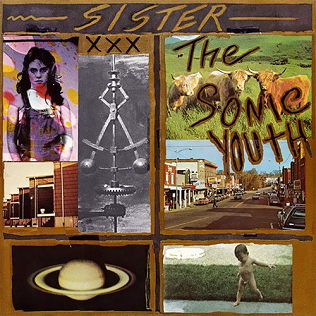
Sister is the fourth studio album by American alternative rock band Sonic Youth, released in June 1987 on SST Records. The album continued the band's move away from the no wave movement towards more traditional alternative rock song structures, while maintaining an experimental approach.

Sonic Youth is the debut EP by American rock band Sonic Youth. It was recorded between December 1981 and January 1982 and released in March 1982 by Glenn Branca's Neutral label. It is the only recording featuring the early Sonic Youth lineup with Richard Edson on drums. Sonic Youth differs stylistically from the band's later work in its greater incorporation of clean guitars, standard tuning, crisp production and a post-punk style.

Confusion Is Sex is the debut studio album by American noise rock band Sonic Youth. It was released in 1983 by Neutral Records. It has been referred to as an important example of the no wave genre. AllMusic called it "lo-fi to the point of tonal drabness, as the instruments seem to ring out in only one tone, that of screechy noise".

EVOL is the third full-length studio album by the American alternative rock band Sonic Youth. Released in May 1986, EVOL was Sonic Youth’s first album on SST Records, and also the first album to feature then-new drummer Steve Shelley who had just replaced Bob Bert.
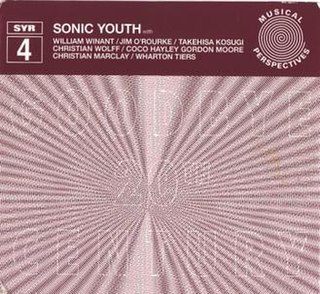
SYR4: Goodbye 20th Century is an album by American alternative rock band Sonic Youth. It is a double album of versions of pieces by avant-garde composers, performed by Sonic Youth and collaborators.

NYC Ghosts & Flowers is the eleventh studio album by American rock band Sonic Youth, released on May 16, 2000 by DGC Records. The highly experimental album is considered to be a reaction to the theft of the band's instruments in July 1999, when several irreplaceable guitars and effects pedals were stolen. NYC Ghosts & Flowers was the first album since Bad Moon Rising in which the band used prepared guitar.
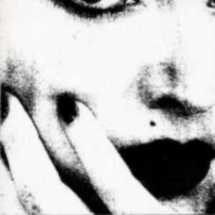
The Whitey Album is an album by Ciccone Youth, a side project of Sonic Youth members Steve Shelley, Kim Gordon, Lee Ranaldo and Thurston Moore, featuring contributions from Minutemen/Firehose member Mike Watt and J Mascis of Dinosaur Jr.
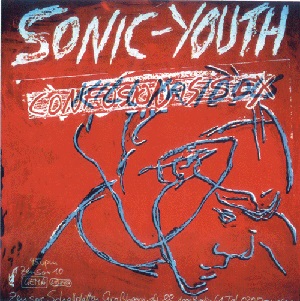
Kill Yr Idols is an EP by American alternative rock band Sonic Youth. It was released in October 1983, originally only in Germany, by record label Zensor.

Screaming Fields of Sonic Love is a compilation album of songs culled from Sonic Youth's various releases from the 1980s. It was released in 1995 on DGC.

Stinkfist is a collaborative EP by Clint Ruin and Lydia Lunch. This outing from the ex-Immaculate Consumptive bandmates was originally released as a 12" in 1987 on Lunch's Widowspeak label.
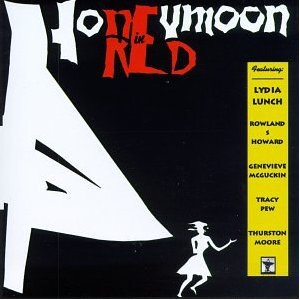
Honeymoon in Red is a concept album by a band of the same name, released in 1988, primarily written by Lydia Lunch and Rowland S. Howard. Honeymoon in Red is sometimes referred to as a band or alternately as a collaboration between Lydia Lunch and members of The Birthday Party.
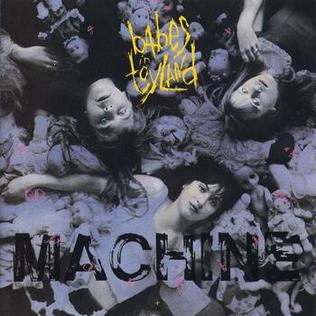
Spanking Machine is the debut studio album by American punk rock band Babes in Toyland, released on April 16, 1990.
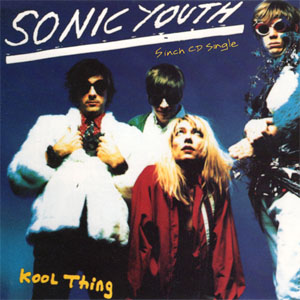
"Kool Thing" is a song by American rock band Sonic Youth, released in June 1990 in the United States and September 1990 in Europe, as the first single from their sixth studio album Goo. The song was inspired by an interview bassist/singer Kim Gordon conducted with LL Cool J for Spin. Although he is never mentioned by name, the song's lyrics contain several references to LL Cool J. Gordon's lyrics make reference to several of the rapper's works, including the single "I Can't Live Without My Radio" and the album Walking with a Panther. She also repeats the line "I don't think so", which appears in LL Cool J's "Going Back to Cali". Chuck D also contributed spoken vocals to the song.
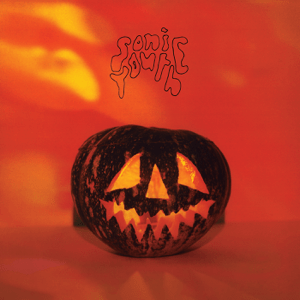
Walls Have Ears is a Sonic Youth bootleg live recording from 1985. It was released on 2×12″ vinyl in 1986 without the consent of the band.

Master-Dik is the third EP by American alternative rock band Sonic Youth. It was released on November 4, 1987, in the United States by record label SST, and on January 22, 1988, in the United Kingdom by label Blast First.
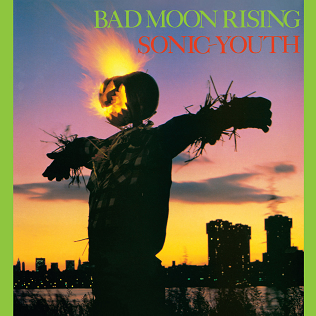
Bad Moon Rising is the second studio album by American rock band Sonic Youth, released on March 29, 1985, by Blast First and Homestead Records. The album is loosely themed around the dark side of America, including references to obsession, insanity, Charles Manson, heavy metal, Satanism, and early European settlers' encounters with Native Americans.

